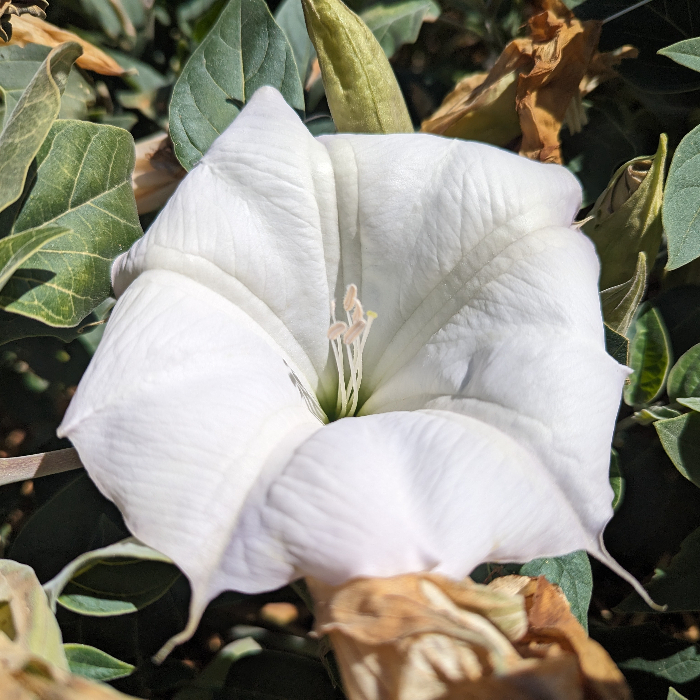UNITED STATES—This Spring is when most rodents are most active. Although they do not hibernate locally, they are a bit less active through winter. Their activity increases with warming Spring weather. Their progeny increases their population. Assorted fresh vegetation that sustains them is most abundant. Their activity decelerates slightly through summer because of predation.
Although they may be no more active now than they had been, their activity is changing. Rodents are aware that it is now Autumn, and that they must prepare for winter. They eat seeds and fruits that are naturally available at this time of year. Some rodents store food. It is no coincidence that vegetation naturally provides what they need, when they need it.
For example, oaks exploit the natural activity of squirrels for the dispersion of their seed. Annually, they produce acorns to sustain a particular population of squirrels. Then, every several years, they produce too many for the squirrels to eat. The squirrels naturally bury more acorns which they can retrieve later. The surplus acorns remain buried to germinate.
Ecology should stay in the wild.
Similarly, rodents consume Autumn fruit, such as apples and pears, and store their seeds. They are likely less numerous than they were earlier in the year but consume more now. They naturally fatten up so they may eat less while food is less abundant through winter. Also, they naturally migrate from gardens into warmer and drier home interiors for winter.
This is one of several reasons why sanitation within the garden is so important. Removal of unharvested fruit makes gardens less attractive to rodents. They may find sustenance on compost piles but may not dig too deeply into them. Deteriorating pruning scraps can provide them with shelter from weather and predators. Cleanliness is a deterrent to them.
Deterrent is safer than eradication. Traps and poisons are potentially dangerous for pets and people. Poisoned rats and mice may poison predators or scavengers who eat them. Cats are very efficient at both deterrent and eradication of rodents. However, they require major commitment for many years. They can do nothing outside if confined to their home.
Highlight: Sacred Datura
Georgia O’Keeffe made jimson weed flowers famous. Within the context of her paintings, they seem to be angel’s trumpet flowers. Californians know its species as sacred datura, Datura wrightii. It is as native here as where Georgia O’Keeffe observed and painted it in New Mexico. For refined gardens, though, it is rare. It lives almost exclusively in the wild.
There are a few reasons for this. Sacred datura is a sloppily sprawling perennial that can quickly grow eight feet wide. It is not reliably perennial though. It might perform for only a single season, and then suddenly die. The spectacular flowers close through the middle of the day. Seed capsules are annoyingly bristly. Worst of all, sacred datura is very toxic.
Otherwise, sacred datura is as appealing as Georgia O’Keeffe depicted it to be. Its grand flowers resemble those of an angel’s trumpet. They stay open longer during cool and damp weather. Foliar color is creamy white, perhaps with a slight lavender blush. Fragrance is mild only because it blooms so close to the ground. Big specimens can get three feet tall. Their leaves have a velvety texture.
Tony Tomeo can be contacted at tonytomeo.com.






